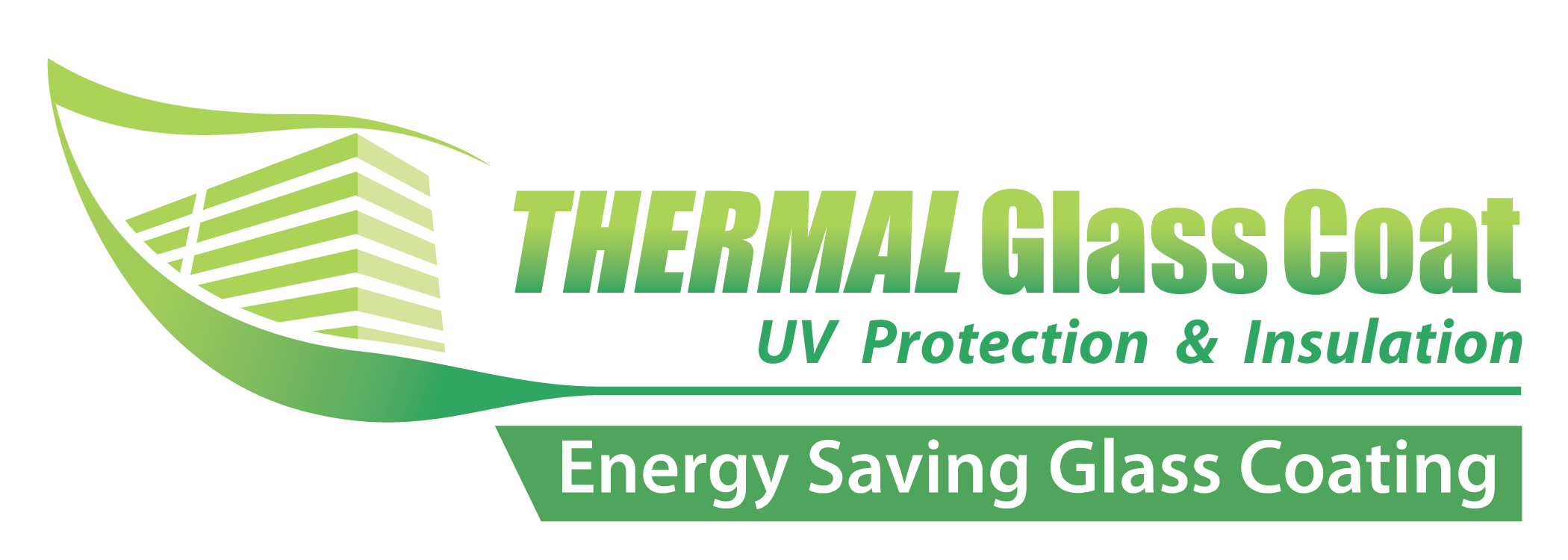
Why Choosing the Right Siding Matters for Virginia Homeowners
As a homeowner in Virginia, selecting the right siding for your house is more than just an aesthetic decision; it is a crucial financial investment that affects your home’s energy efficiency and longevity. Given Virginia's unique climate—from sweltering summers to snowy winters—it's vital to choose a siding material that can withstand the elements while enhancing your home’s curb appeal.
The Top Siding Materials for Virginia: Pros and Cons
When it comes to choosing siding for your home, these three materials stand out based on durability and performance: fiber cement, insulated vinyl, and engineered wood.
- Fiber Cement: Often considered the gold standard, fiber cement siding is incredibly strong and resistant to rot, fire, and pests. Its ability to hold paint well keeps your home looking fresh for years. Despite its higher upfront cost, the longevity and durability pay off in the long run.
- Insulated Vinyl: This modern alternative delivers energy efficiency thanks to a layer of insulation, which can significantly lower your heating and cooling costs. Low maintenance and affordability make it a very practical choice for many homeowners.
- Engineered Wood: Combining the classic appearance of wood with enhanced durability, engineered wood offers a great compromise. However, regular maintenance is required to keep it in top shape, especially if you want to retain its natural beauty.
Considerations When Choosing Siding
Before making a decision, you should also think about factors like budget, maintenance, and the current condition of your home. Vinyl siding is typically the most budget-friendly upfront but may lack the aesthetic appeal some homeowners desire. On the other hand, siding like fiber cement might seem pricier, but it could provide long-term savings by reducing repair and replacement frequencies.
Local Climate Impacts on Siding Choice
Virginia's weather patterns pose specific challenges for homeowners. High humidity can lead to mold and mildew, while cold winters can exacerbate issues like cracking and warping. Opting for siding materials suited to withstand these elements is not just wise—it's essential for maintaining your home's structural integrity.
Actionable Insights for Homeowners
When considering new siding, consult with local contractors who understand the best options for homes in your area. Ask for cost estimates and explore financing options, especially if you’re on a budget.
Ultimately, investing in quality siding means you are investing in your home’s future. Make the choice that not only aligns with your budget but also guarantees long-term durable performance and beauty.
 Add Row
Add Row  Add Element
Add Element 



Write A Comment